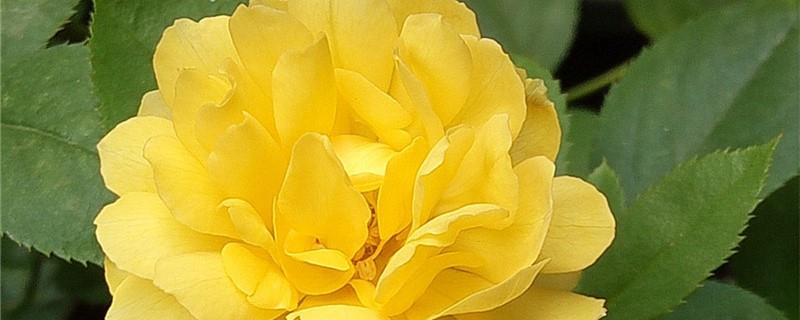Hypericum cultivation methods and precautions
Last Update :2024.04.28
Article Catalog
Temperature: The suitable temperature for the growth of Hypericum is between 22 degrees and 27 degrees; Watering: There is no fixed time for watering it. Water it according to the watering principle of dry and watering. Just keep its soil slightly moist at all times; Fertilization: During the growth period, it needs to be topdressed every twenty days or so to meet its nutrient needs; Light: The light should not be less than five hours a day.

1. Maintenance methods
1. Maintenance method
1. Temperature: When maintaining it, the temperature of the maintenance environment is very important, because it is neither cold nor heat-resistant. The maintenance temperature should be around 25 degrees. That’s okay, if the temperature is higher than 32 degrees, the plants will stop growing; if the temperature is lower than minus one degree, the plants will be frostbitten.
2. Watering: Observe the soil condition before watering. Watering is only required when the soil is completely dry. Water the soil thoroughly every time. At the same time, avoid water accumulation in the soil.
3. Fertilization: After it enters the growth period, it has a particularly large demand for nutrients. The nutrients in the soil alone are not enough, and artificial top dressing is required. The interval between top dressing is twenty days. It should be noted that the fertilizer needs to be diluted every time you apply fertilizer, otherwise the concentration will be too high and the plants will be burned.
4. Light: Except for summer, the light in other seasons is not very strong. Normal light can be used every day, and the light time should be guaranteed to be five hours. The light in summer is relatively strong and requires appropriate shade. , when lighting in summer, astigmatism should be the main focus, and the lighting should be about five hours.
2. Breeding skills
1. Propagation: It can be propagated by sowing. The sowing time is in March and April every year. Because its seeds are very small, it needs to be sown after sowing. Cover it with soil and then cover it with grass to retain moisture. Under normal circumstances, seedlings can emerge in about twenty days. It needs to be divided and planted once in the first year, and it will bloom in the second year.
2. Pruning: It needs to be pruned every spring before it sprouts. The purpose is to promote the growth of new sprouts and increase resistance.
3. Problem diagnosis
1. Insect damage: Spodoptera exigua is a kind of pest. It mainly harms the leaves of Hypericum. It will feed on the young leaves and affect the ornamental appearance of the plant. value, the general onset time is between July and September every year. At this time, you can use 2.5% trichlorfon powder solution to spray and treat it.
2. Disease: Brown spot is a fungal disease that is relatively easy to contract. When the disease occurs, many small brown spots will appear on the branches and leaves of the plant. As time goes by, the spots will gradually Spread and eventually die. After the disease is discovered, the diseased leaves must first be removed and destroyed, and then sprayed with 50% Squelin solvent once every three days, three times as a course of treatment.
IV. Other issues
1. Toxicity: Not only is it non-toxic, it also has high medicinal value.
2. Edible: cannot be eaten directly.
2. Breeding skills
3. Problem diagnosis
4. Other issues
- END -
Tall cup cut rose classic varieties

The classic varieties of high-cup cut roses include Aisha, Black Magic, Peach Snow...
How much does a crape myrtle tree cost, crape myrtle pictures

Generally, the larger the diameter of the ground, the higher the price of the crap...